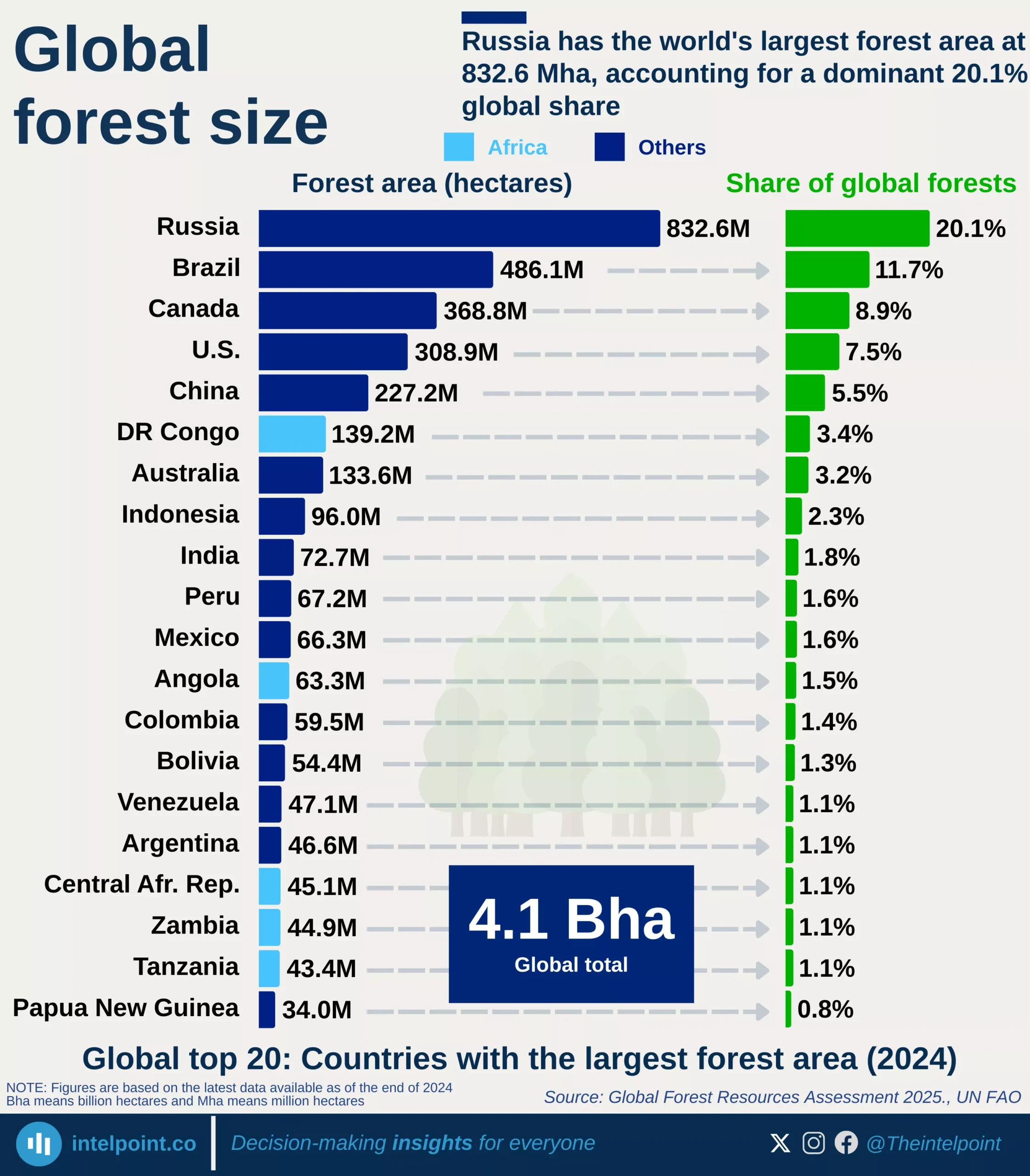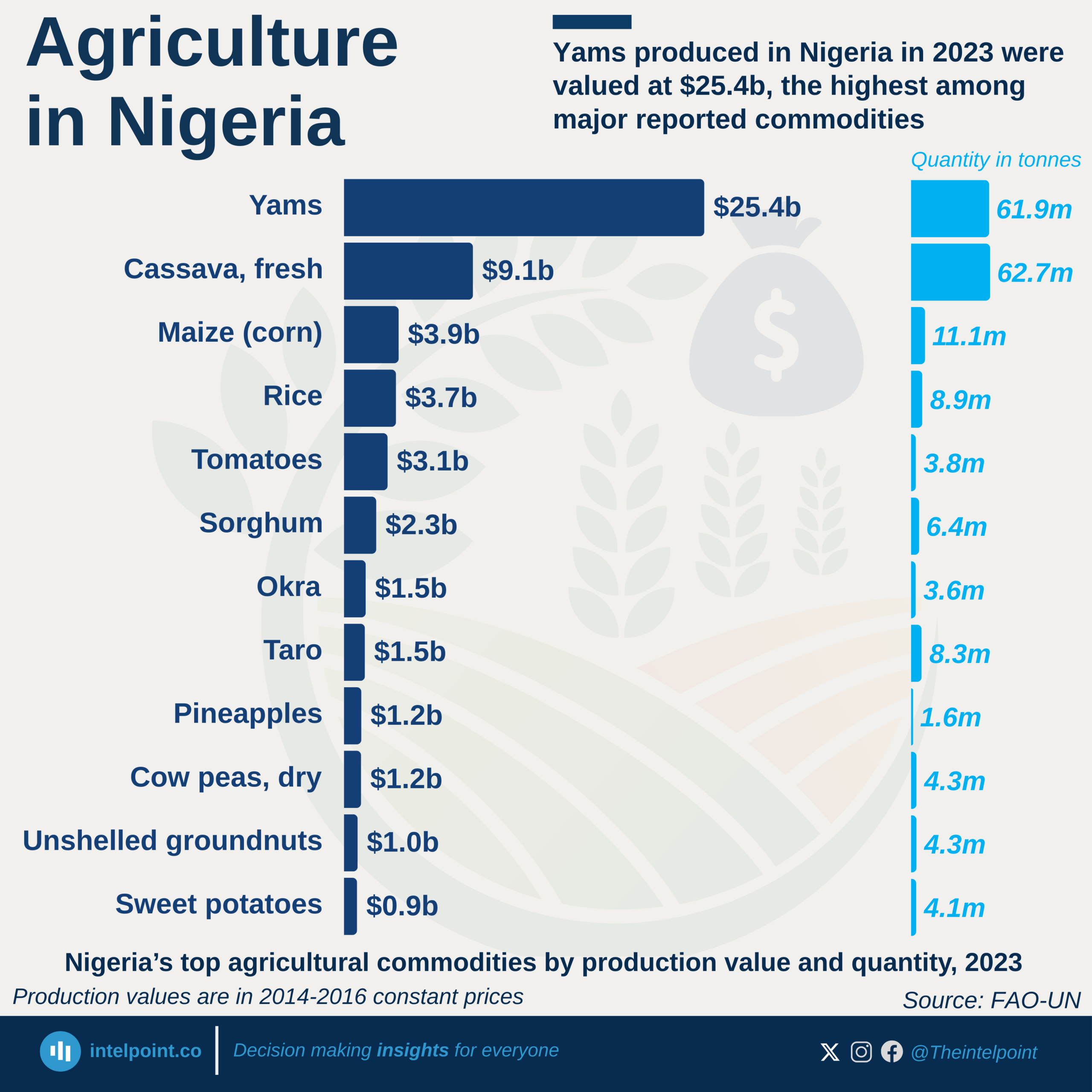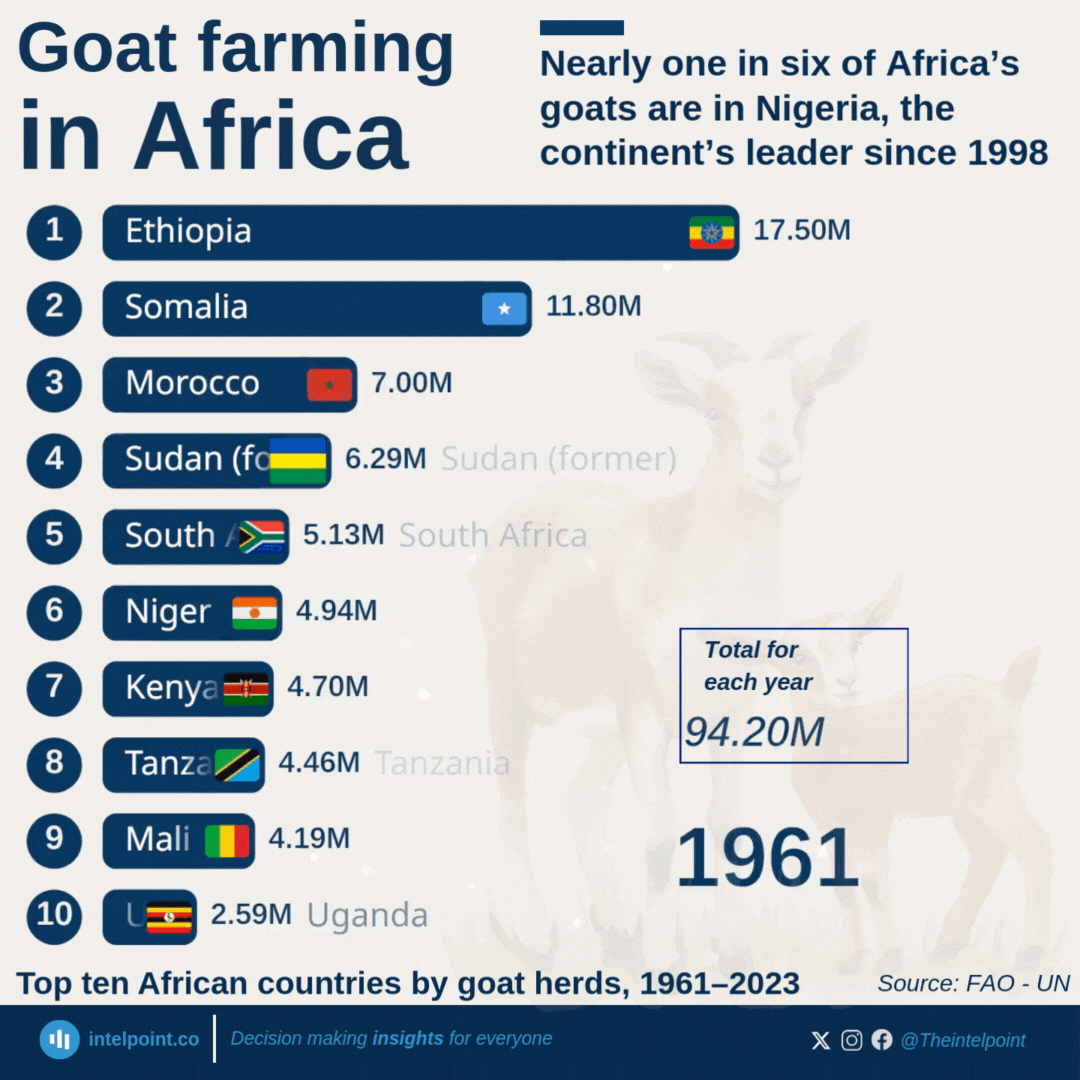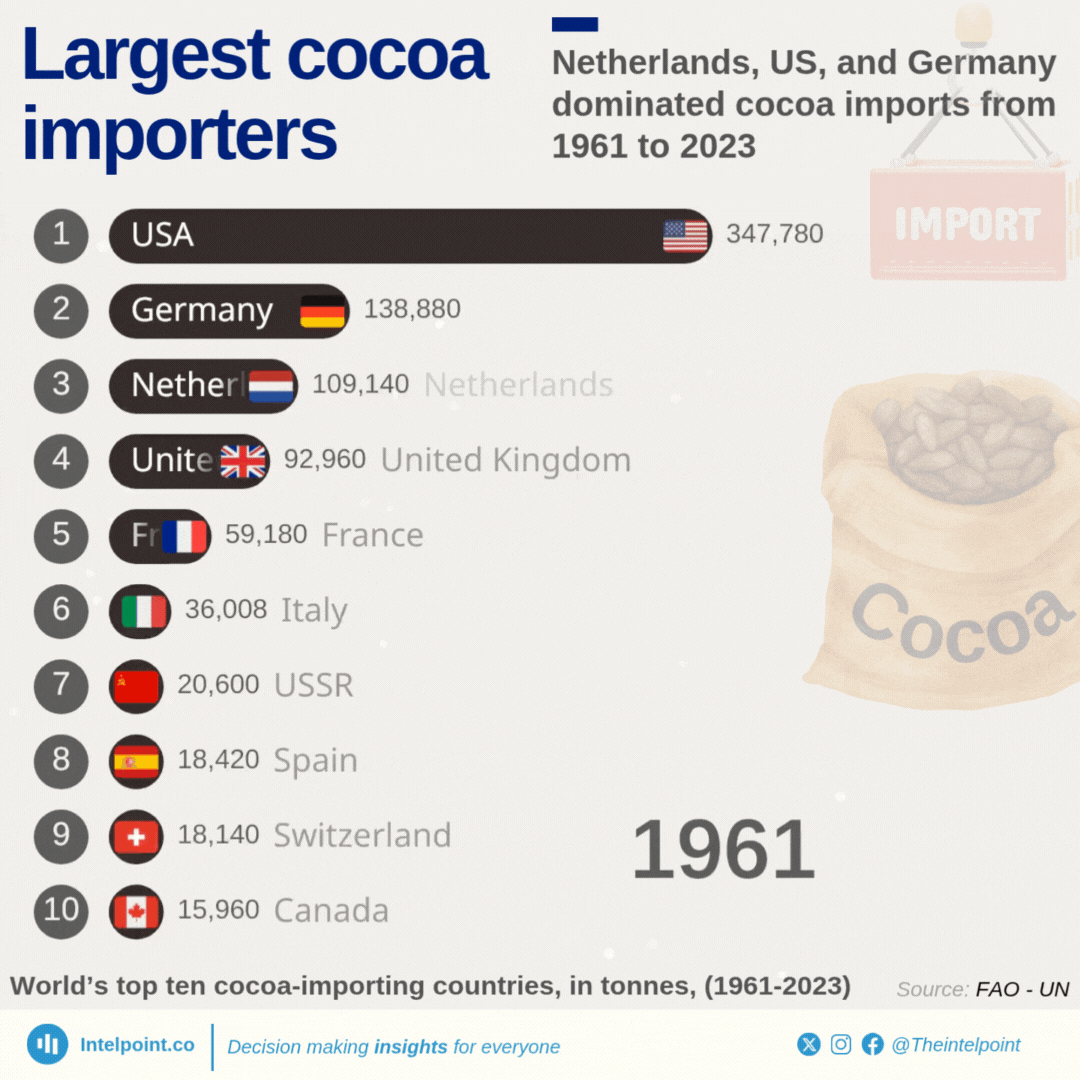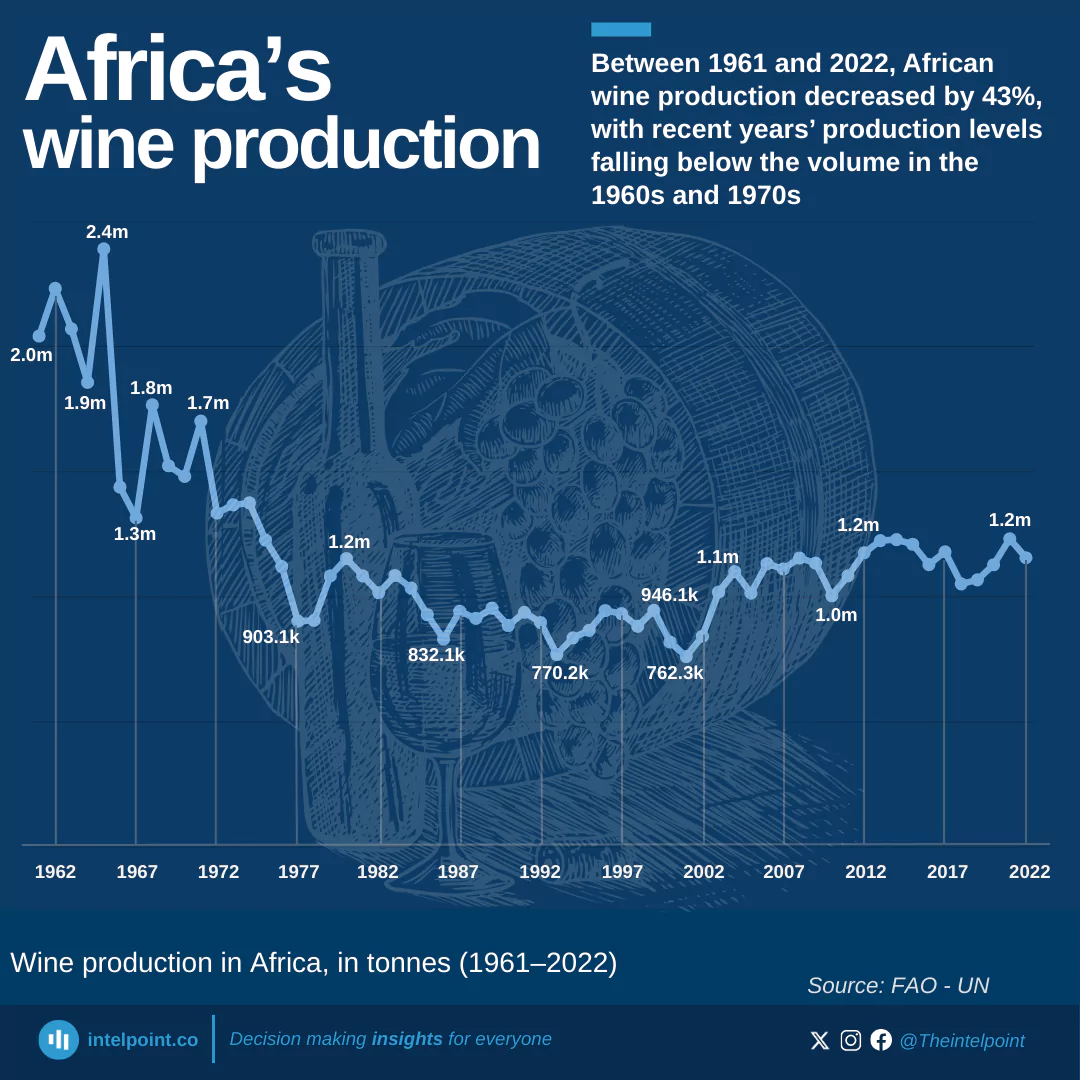The latest Global Forest Resources Assessment 2025 by the UN FAO shows that Asia leads the world in forest protection, with 26% of its forests now in legally established protected areas.
This means over one-fourth of Asia’s forest lands are safeguarded by conservation laws, reflecting efforts to balance development with environmental protection.
Globally, an average of 20% of all forests are legally protected, underscoring awareness of the critical role forests play in maintaining biodiversity and mitigating climate change.
